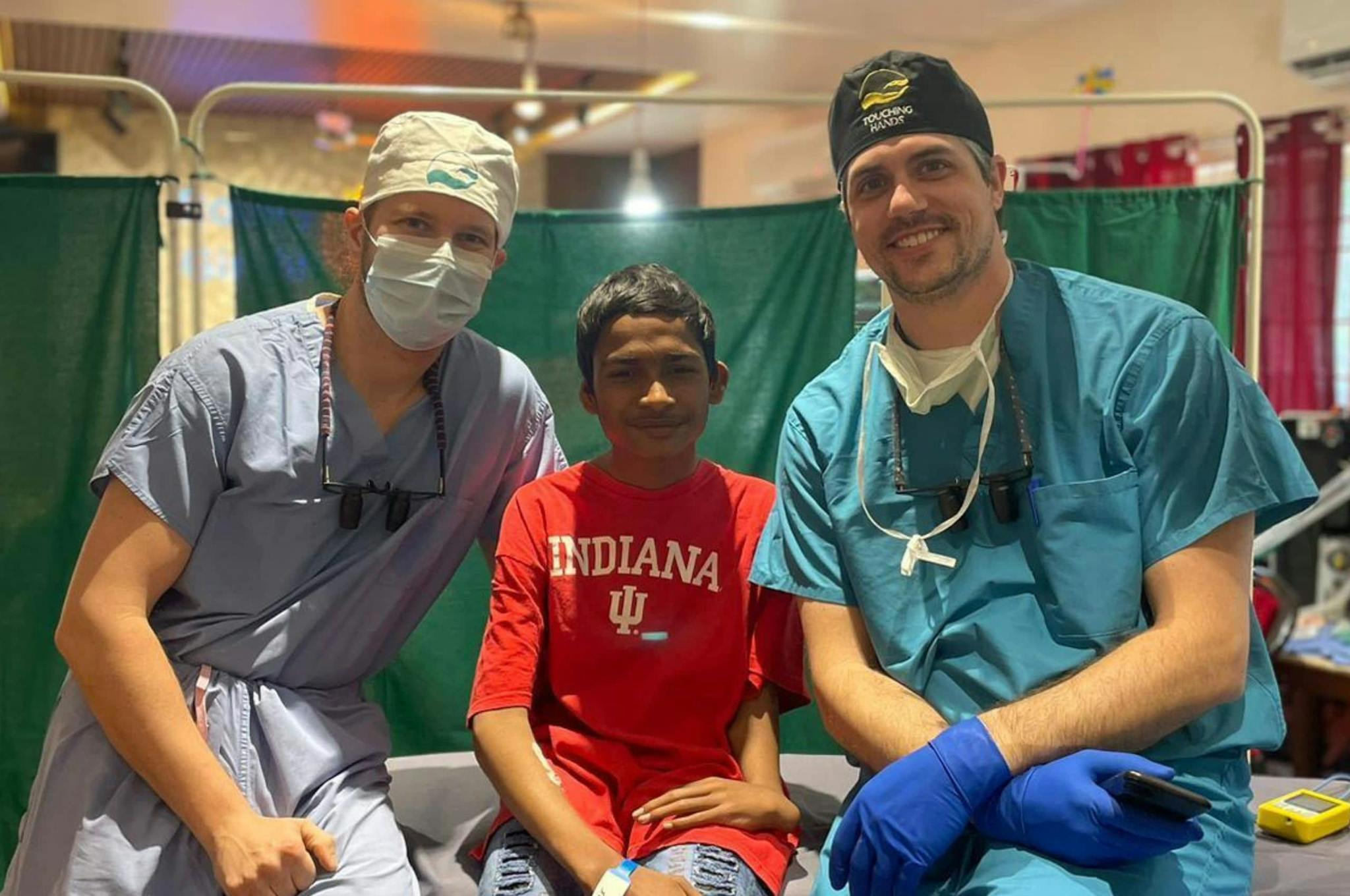
2025-06-10T13:54:10
Understanding Skin Grafts
- Dermatology
- Family Medicine
- Internal Medicine
- Orthopedics
November 28, 2018 | Orthopedics
Specialties:Orthopedics

Commonly known as the ACL, the anterior cruciate ligament is vital in restraining forward motion of the tibia (shinbone). The femur (thighbone) sits atop the tibia, and the knee joint—the junction of these two bones—allows them to move. Your knee joint would be unstable and prone to dislocation without stabilizing ligaments, such as the ACL, which keeps the tibia in place and prevents it from moving too far forward.
ACL injuries are among the most common injuries to the knee. Those who participate in sports like football, basketball and soccer are more likely to experience an ACL injury, and many people need surgery to regain full knee function. Once you have shared information about your activity level and the severity of the injury with your doctor, you can decide together whether to move forward with surgery.
In about 50 percent of ACL injuries, other structures of the knee also become damaged, including ligaments, meniscus or articular cartilage. These injuries are ranked on a severity scale and often referred to as sprains.
Most ACL injuries are near complete or complete. Partial ACL tears are rare.
Most ACL injuries are caused by one of the following:
Researchers have shown that male athletes are less likely to suffer ACL injuries than female athletes, perhaps due to the difference in muscular strength, physical conditioning and neuromuscular control. This increase may also be attributed to ligament looseness, lower extremity and pelvis alignment, and how ligaments are affected by estrogen.
People often hear a popping noise when the ACL is injured, and the knee may completely give out. Other symptoms to watch for include:
Diagnosing an ACL injury can be as simple as a physical exam and a patient history report with your doctor. Your doctor may also order imaging tests to confirm the diagnosis.
The type of treatment you need depends much on the severity of your injury. Some injuries require a brace or physical therapy. Others require surgical treatment to rebuild the ligament with a tissue graft.
If you are concerned about your joints and ligaments or feel you have an undiagnosed injury that may require treatment, talk to your doctor. Prompt treatment can make all the difference in your recovery.

WRITTEN BY:
The Live Better Team

2025-06-10T13:54:10

2024-06-21T14:29:51

2024-02-06T11:40:13

2023-03-30T11:23:12
This information is not intended to replace the advice of a medical professional. You should always consult your doctor before making decisions about your health.